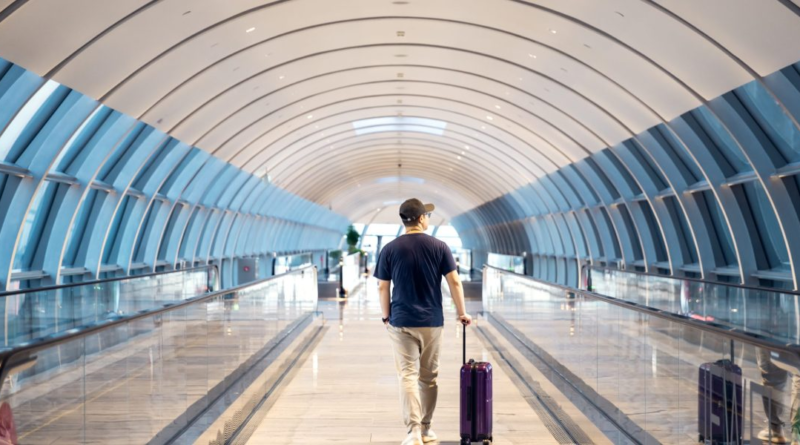Pandemic 'revenge travel' is fading and flights to Florida are fading as New York and Singapore emerge as dominant hubs
Cities around the world from Bangkok to Detroit are fading from international flight networks as the post-Covid travel boom funnels traffic into more traditional hubs.
Across Southeast Asia, pre-pandemic links with Europe have all but vanished as Philippine Airlines Inc., Garuda Indonesia and Thai Airways International Pcl cut flights.
Manila and Jakarta, for example, have no direct services to London anymore, Kuala Lumpur has lost access to Frankfurt, and the Bangkok-Rome connection has evaporated, according to February schedules from aviation data provider Cirium. Only Singapore, host to a major air show that kicks off Tuesday, is better connected.
The services that have survived to key European destinations are almost all operating less frequently.
It’s a similar picture in America, where residents in Detroit or even the capital Washington find themselves with fewer pathways to Europe. In Florida, Fort Lauderdale had more than 50 direct flights a month to London and Paris five years ago, most of them operated by Marabu Airlines and Norwegian Air Shuttle ASA. Now the city has none, the Cirium data show.
The disappearing connections for hundreds of millions of people belie the broader recovery in air travel since the pandemic. The holes in the route network reflect systemic challenges facing the industry: Airlines can’t get their hands on enough new aircraft or spare parts to meet passenger demand. At the same time, rising costs are squeezing carriers’ margins, forcing them to scrap routes that were economically viable before Covid.
The data suggest that the winners from this incomplete rebound are the traditional gateways like Singapore and New York, which have cemented their roles as hubs by becoming even better connected. Delta Air Lines Inc. and United Airlines Holdings Inc. are operating even more direct flights than before the crisis from New York to major European destinations like London and Paris. Singapore Airlines Ltd. is doing the same thing from Changi Airport, its home base in the city-state.
Many Asian countries reopened their borders just as global supply chain woes started to hit the availability of planes and components, said Subhas Menon, director general of the Association of Asia Pacific Airlines. “Connectivity, even before Covid, is a function of demand, supply, economics and air transport regulation,” he said. The Asia-Pacific region has probably suffered the most in that respect, he said.
Problems to Mull
Back in 2020, less than a year into the pandemic, about one third of the world’s 50,000 air routes had been wiped off the map by border closures and nationwide lockdowns. Even then, there were concerns that some services might never come back.
Airline and aerospace executives are due to discuss the scale of the recovery and aircraft delivery delays when they gather this week for the biennial Singapore Airshow. The faltering supply of new jets has been exacerbated by the latest troubles at Boeing Co. Aviation regulators in the US have increased scrutiny of the planemaker’s manufacturing — and capped 737 Max production — after a panel blowout on an Alaska Airlines flight in January.
It’s not just Asia and North America that are losing connectivity.
The number of flights this month from southern African nations, a group that includes South Africa and Namibia, into London is down about 25% from February 2019, according to Cirium. Direct services from all of South America to any London airport have tumbled one third in the same period.
‘Very Patchy’
“The whole post-recovery landscape has been very patchy,” Alton Aviation Consultancy Managing Director Adam Cowburn said. The success of hubs during the rebound has partly depended on their ability to find sufficient labor to function, and in some cases, the amount of government funding, he said.
While airlines worldwide are due to bring in a record $964 billion in revenue in 2024, their collective net profit margin for the year will be little changed at 2.7%, according to latest forecasts from the International Air Transport Association. That’s well below airlines’ cost of capital, IATA says.
Financial pressures and the lack of new planes may be playing out in Singapore’s favor, according to Lim Ching Kiat, executive vice president of air hub and cargo development at Changi Airport. Lim has been trying to convince airlines to prioritize Changi over other less-established airports while resources are tight.
“Those are the kind of conversations we’re having with airlines,” he said. “While the market demand looks healthy, there’s still an aircraft shortage.”



